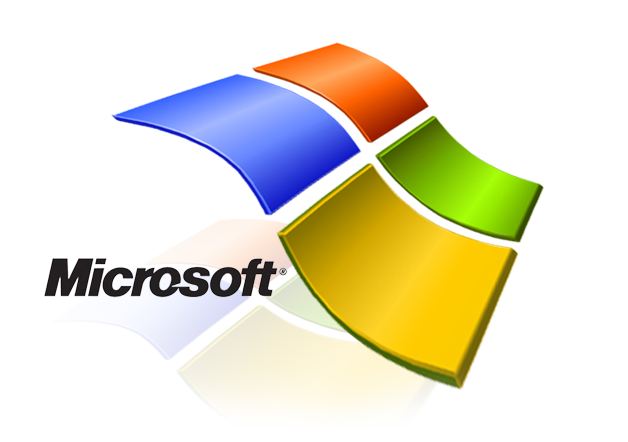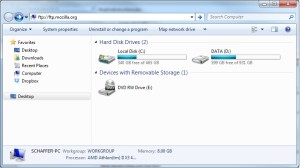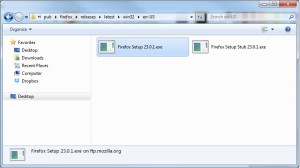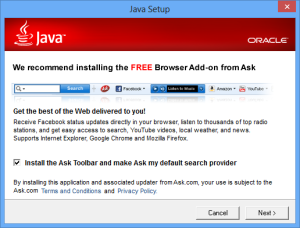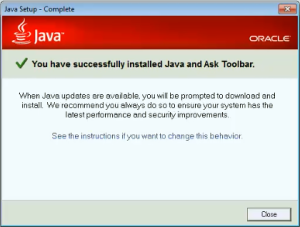Oftenwhen a web page I come across something I like, for those pages that don’t have an e-mail option following the below simple steps can allow you to send a link to a friend.
Internet Explorer users
Send a friend the web page you are viewing by clicking File, Send, and “Page by E-mail”. If you do not see the File menu press the ALT key.
Firefox users
Right-click on the page you wish to send to your friend and in the menu click Send link.
Opera users
Right-click on the page you wish to send to your friend and in the menu click Send link by Mail.
Netscape users
Send a friend the web page you are viewing by clicking File, and “Send Page”.
